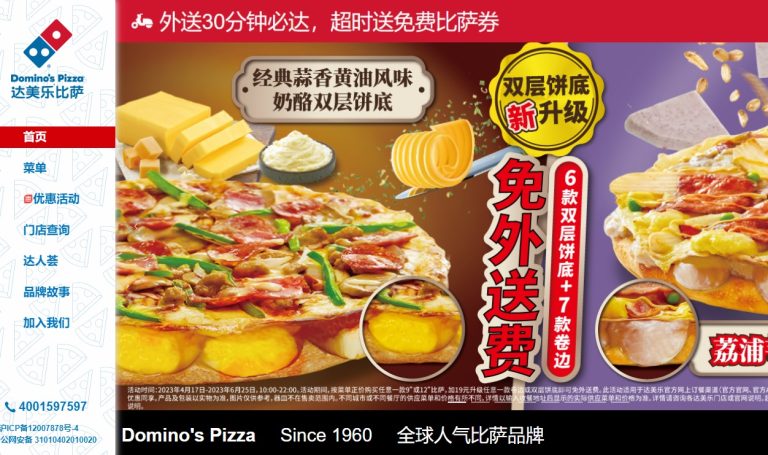Coconuts in China: Huge Demand from Distributors
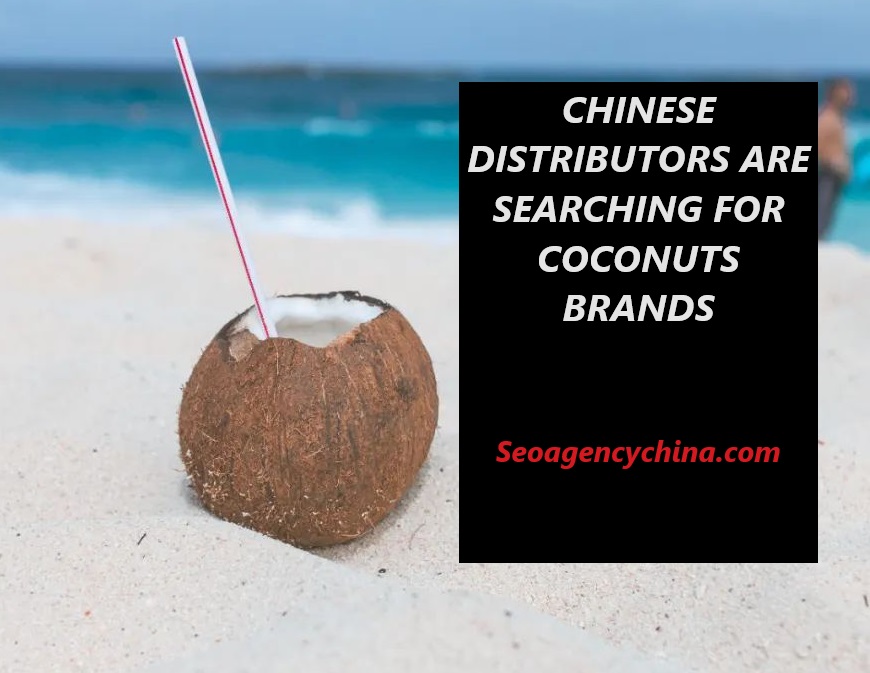
Full market analysis of coconuts market in China, trends and all what CEO need to know.
Cost-Effective Agency
KPI and Results focused. We are the most visible Marketing Agency for China. Not because of huge spending but because of our SMART Strategies. Let us help you with: E-Commerce, Search Engine Optimization, Advertising, Weibo, WeChat, WeChat Store & PR.
Coconut-flavored drinks are so popular
Turning back the clock to the early summer of 2021, incomplete statistics show that the market saw the launch of over 130 coconut-flavored drinks in just half a year. Among them, brands like HEYTEA, Nayuki, Lele Tea, Luckin Coffee, and KFC introduced over 20 coconut series products. Fino, a supplier of thick coconut milk for coffee and tea beverages, also ‘broke out’ in 2021.
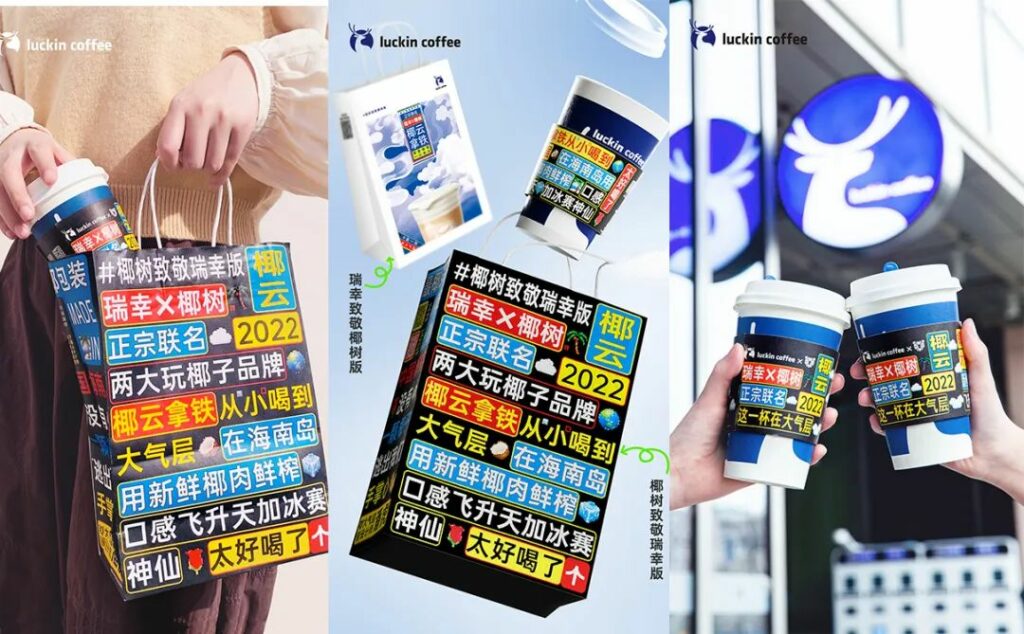
The summer’s coconut craze always manages to capture hearts, making consumers willingly pay. However, the magic of coconuts extends beyond summer. It had already made its mark even before the ‘first milk tea of autumn’ became an internet sensation.
As early as August 2020, HEYTEA launched the ‘Fresh Coconut Dada’ series, introducing coconut as a fresh force in the world of milk tea. What really propelled coconuts to bestseller status was in April 2021, when Luckin Coffee launched a ‘Fresh Coconut Latte’. This viral milk tea contributed 1.26 billion yuan to Luckin Coffee in just eight months, with over 70 million cups sold in a year, making a significant contribution to Luckin’s 2021 financial report. In the same year, Nayuki also announced that its new ‘Dominant Good Coconut’ product sold over 100,000 cups in just three days.
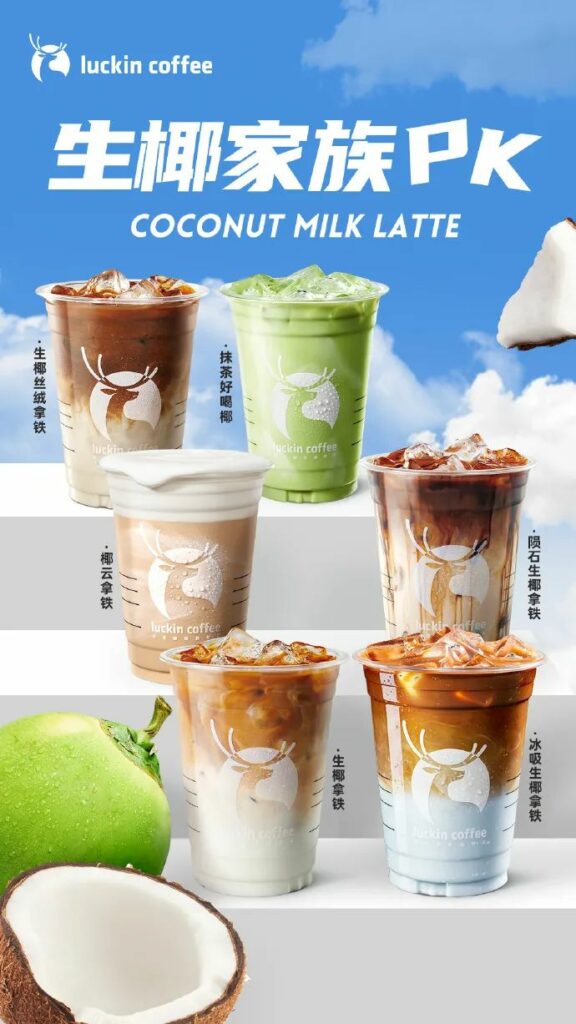
Behind the tea giants competing with ‘coconut’ products and frequently breaking sales records is the consumer passion for coconut elements. The desire to buy seems barely concealable in the face of coconuts, ready to be ignited in an instant. A deeper observation into the development of the coconut industry reveals that the popularity of this element is closely linked to the attributes of coconuts themselves
Every fruit you have ever tasted carries its unique significance! Lychees remind one of the Lingnan scenery, grapes instantly evoke images of Xinjiang’s orchards… If one had to choose a fruit to represent the ocean, the coconut would be the perfect candidate.
When coconuts are mentioned, many think of Hainan Island first, but in fact, coconuts are not originally from Hainan. Their ancestral home lies in Indonesia and the Pacific Islands.
About 4000 years ago, residents of the Malay Archipelago (only separated from Hainan Island by the South China Sea) began planting coconut trees. Although the exact origin of coconuts is still unverified, botanists and geographers conjecture that coconuts were among the first ‘pioneers’ on islands, acting as ‘pathfinders’ in the flora and fauna realms, first to land on deserted islands.
History of coconuts in China
In China, the history of coconuts is relatively clear, as recorded in historical texts like ‘Records of the Grand Historian’ and ‘Book of Han’. These sources show that exchanges between China and Southeast Asia can be traced back to the 1st century AD. The coconuts in Hainan are actually a product of the historical journey to the South Seas, and China has been cultivating coconuts for over 2000 years, mainly on Hainan Island.
Today, this millennium-old fruit bears witness to human migration, carrying the civilization of tropical regions, and also crosses seas to convey various values of plants.
Coconuts are not just a fruit; their whole body is highly valuable for development. Coconut meat, water, shell, husk, leaves, and flowers are all usable, with a wide range of applications.
Coconut meat contains rich nutrients, vitamins, and trace elements beneficial to humans, usually processed into coconut juice, oil, powder, sugar, shredded coconut, and other foods. Coconut water is a quality natural beverage, rich in various inorganic salts, vitamins, amino acids, and trace elements, and can also be fermented into high-fiber fruit (i.e., coconut water jelly).
Beyond food, coconuts are excellent industrial raw materials. Natural fatty alcohols extracted from coconut oil are ideal raw materials for producing synthetic detergents and other daily chemical products. Coconut coir fiber, a by-product, is an excellent cultivation medium for crops.
Coconuts combine edible and industrial values, and the coconut tree is even known as the ‘tree of life’. The ‘Chinese Medicinal Plant Atlas’ records coconuts as having ‘nourishing, cooling, and thirst-quenching’ effects. The ‘Compendium of Materia Medica’ describes coconut meat as ‘sweet, neutral; non-toxic’, ‘eating it can ward off hunger, making one’s face bright and healthy’; coconut water is ‘sweet, warm; non-toxic’, and the coconut shell ‘can treat syphilis and bone pain’.
With such health and deliciousness, it’s no wonder coconuts are so popular.
Regarding the origin of coconuts, we only know they come from the sea, but this doesn’t mean coconuts are exclusive to people in tropical areas. The sought-after coconut is a market top streamer with ‘admirers’ worldwide.
With the continuous development of the food industry, people everywhere can now enjoy a can of sweet coconut juice, a piece of milky coconut sugar, or a cup of smooth coconut powder in the morning. Various coconut products are placed on supermarket shelves and appear on online shopping platforms. In China, brands represented by Coconut Tree Coconut Juice, Spring Light Coconut Sugar, and Southern Coconut Powder compete to layout in the coconut market.
Hainan Coconut Juice
When it comes to coconut juice, it’s hard not to think of Coconut Tree brand coconut juice. Also flashing in mind is its packaging design, known as the ‘design industry’s mudslide’, filled with red, yellow, and blue colors – arguably the most unique beverage in China. Despite its flashy appearance, Coconut Tree’s product is very simple and pure, consistently not adding coconut cream or flavoring, which can be found as prominent words on the product packaging.
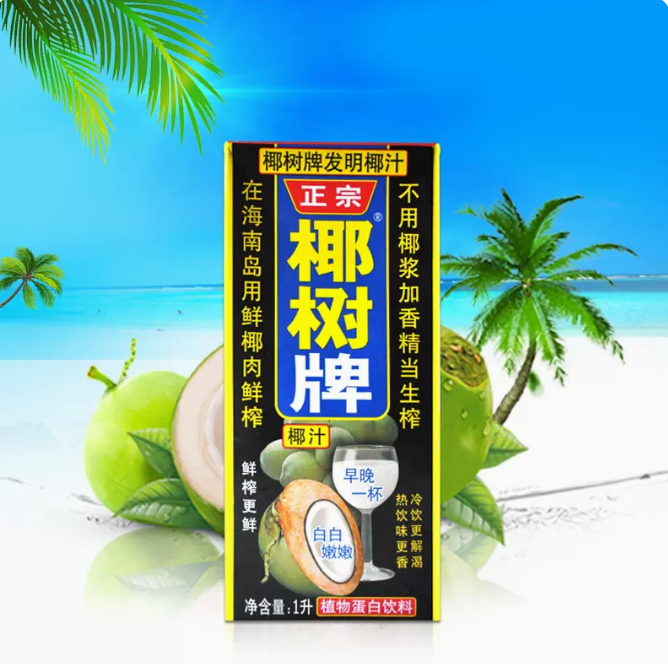
For decades, insisting on fresh pressing on Hainan Island, Coconut Tree coconut juice’s high concentration and authentic taste have won consumer recognition. In terms of products, for many years, the Coconut Tree Group has focused on Coconut Tree brand coconut juice as its flagship product, maintaining revenue of around 4 billion yuan over the past decade.
It’s worth mentioning that in 2022, Coconut Tree Coconut Juice collaborated with Luckin to launch ‘Coconut Cloud Latte
Coconut juice market in China
On the coconut juice track, Coconut Tree keeps the coconut element evergreen, while in other niche tracks, through the efforts of many excellent enterprises, coconuts have also bloomed dazzlingly.
Starting as a family workshop, Spring Light Food’s sales were not driven by coconut juice; coconut sugar was the first main product launched by Spring Light. Relying on ‘coconut’ for sales, Spring Light Food had its moment in the spotlight at the spring sugar and wine fair in 2012. Huang Chun Guang declared Spring Light Food as ‘Hainan’s number one souvenir brand’. That year, the market share of coconut sugar reached 70%, with an annual production of 8,000 tons of ‘coconut’ element souvenir products, selling not only in the domestic market but also exporting to the United States, Britain, Singapore, and other countries.
Globally, the ‘Coconut Products Market Research Report (2023-2030 Global Forecast)’ released by Global Info Network shows that the global coconut product market size is expected to reach $19.11 billion in 2023 and $46.43 billion in 2030, with a compound annual growth rate of 13.11%.
Especially after health and sugar control became the key words of the new era consumption trend, young people’s love for coconuts has been rising. In many people’s impression, coconuts carry a label of 0 flavoring, 0 colorants, and many new brands are promoting the concept of ‘0 added cane sugar’, which fits young people’s needs for healthy drinks. The booming consumer market stimulates the continuous expansion of coconut scale.
Coconuts have become top-stream, so it’s no wonder we have ‘coconut anxiety’. Fortunately, coconuts are not seasonally restricted fruits; they are all-season fruits. Compared to other niche
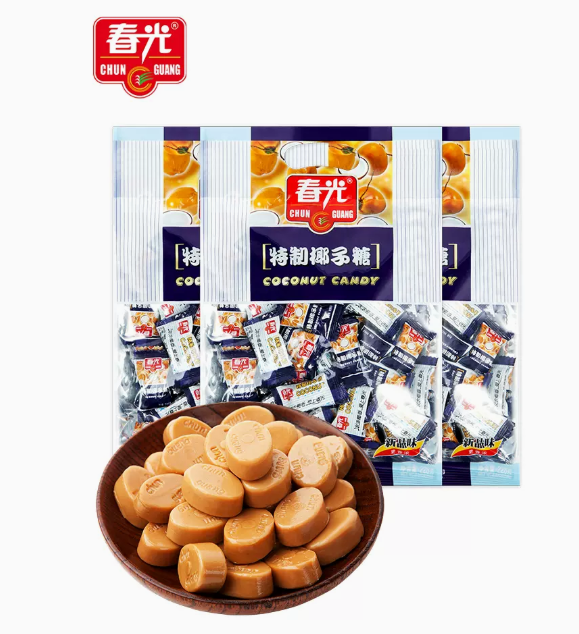
Main Product is Coconut Powder
Speaking of Spring Light, we cannot ignore Southern Country, a competitor that differs little in packaging, taste, or even price, and is often compared on various social platforms. Consumers can hardly tell the difference between the two.
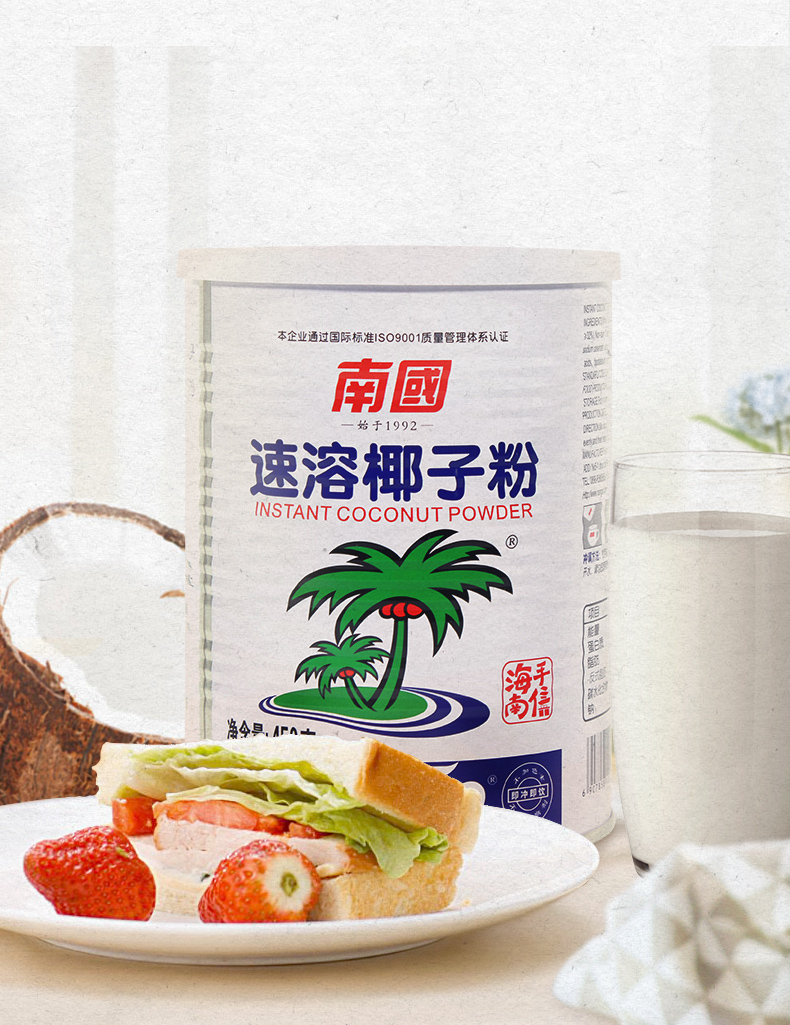
However, in China the main product is coconut powder, quite different from Spring Light’s big item. This old brand, focusing on ‘coconut’ nutrition and technology development for 30 years, has also been relying on its strengths to launch market health track demand products such as Southern Country Fresh Coconut Latte coffee solid beverage, snacks, and more.
With coconuts carrying natural, healthy green labels, Hainan’s coconut business has always been booming. We can’t help but ask, with such high market consumption, are Hainan’s coconuts enough?
Coconuts are not seasonal fruits, and production is stable
Domestically, the ‘China Coconut Juice Industry Development Status Research and Investment Prospect Forecast Report (2022-2029)’ released by Guanyan Report Network shows that in 2020, China’s coconut juice demand grew from 1.27 million tons in 2015 to 1.676 million tons, and the market size increased from 14.22 billion yuan in 2015 to 15.91 billion yuan. Currently, according to Qichacha data, there are 64 existing coconut juice-related enterprises in Hainan.
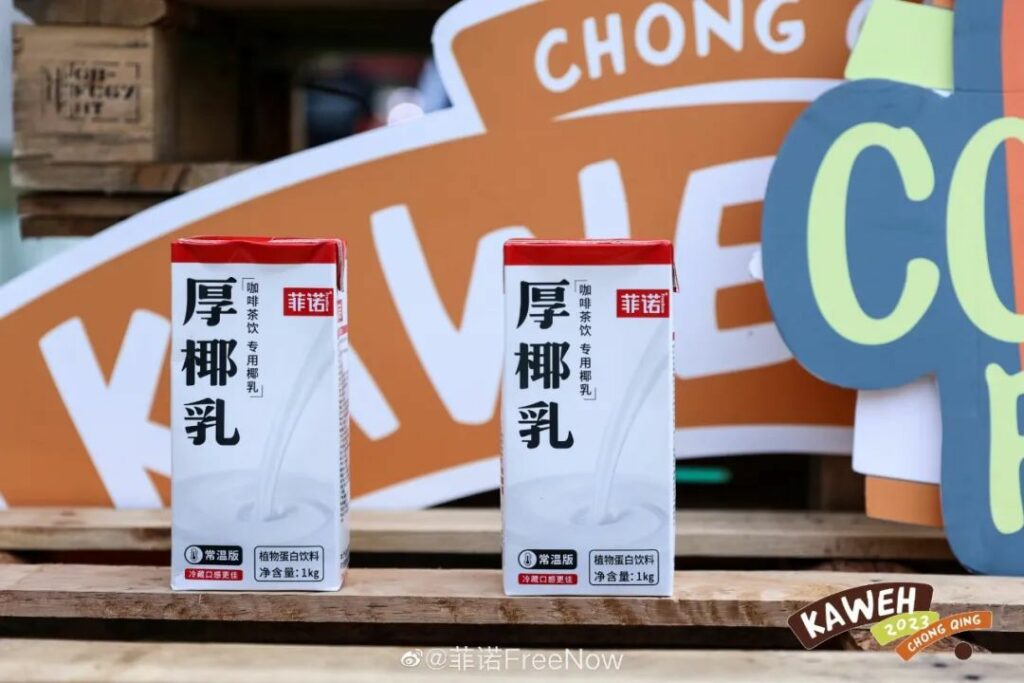
Why Chinese distributors are searching for Coconuts Products for China?

- High-yield attribute of coconuts: On one hand, coconuts have a naturally high yield; on the other hand, China faces a supply shortage.
- Distribution: According to the “2023 China Coconut Industry Development Trend Research Report” by Zhizheng Consultancy, coconuts are mainly found in Hainan, Yunnan, Guangdong, Guangxi, Fujian, Taiwan, etc. In 2022, Hainan had about 554,400 mu (36,960 hectares) of planting area and 417,400 mu (27,826 hectares) of harvesting area, with a production of 223.15 million coconuts, accounting for about 99% of the national total.
- Global Share: However, this area of less than 600,000 mu accounts for less than 10% globally, meaning over 90% of raw materials for coconut processing in China rely on imports.
- Import Data: From January to July 2022, China’s coconut imports from Thailand, Indonesia, and Vietnam accounted for about 99.6% of the total imports, with respective shares of 48.6%, 32.5%, and 18.4%. Notably, imports from Thailand have significantly increased, surpassing Indonesia.
- Supply-Demand Gap: Hainan’s coconut supply is clearly insufficient to support the downstream industry, leading to a potential shortage of raw materials or high costs, and thus limiting the ‘freedom of coconut’. The dominant control of coconuts is not in China’s hands.
- Policy Direction: The “Fourteenth Five-Year Plan for High-Quality Development of Hainan’s Coconut Industry” aims to increase coconut planting area by 250,000 mu, develop coconut processing enterprises with a production value over 10 billion yuan, build an international coconut trading center and a coconut culture museum, and create coconut-themed tourist areas and leisure farms. The goal is to achieve a total industrial output value of 23 billion yuan by 2025.
Full information about food industry in China
China’s Dependence on Coconut Imports
- National Guidance: To address import dependence, national guidance aims to expand the coconut planting area, develop the coconut processing industry, and utilize both international and domestic markets under the Hainan Free Trade Port, enhancing Hainan’s coconut cultural heritage and competitive edge.
Future of China Coconut Industry
- Continuous Monitoring: The development of Hainan’s coconut industry will continue to be a focus of attention.
Read more
Future Prospects of the Coconut Industry
- Market Data: As per Tianyancha Research Institute, as of September 2022, there are over 5800 enterprises involving “coconuts, coconut milk or coconut cream,” with many coconut enterprises receiving investments in different rounds.
- Coconut Water Family Mobilization
- Product Categories: Marketed coconut water products mainly fall into three categories: natural coconut water, blended coconut water, and flavored coconut water.
- Market Share: In China, blended coconut water dominates with a market size of 253 million yuan, accounting for 49.21%; flavored coconut water follows with 173 million yuan, 33.72%; natural coconut water is third with 87 million yuan, 17.07%.
- Brands: Traditional enterprises like Uni-President Group have entered the coconut water market. The lifestyle brand ‘Coco Full Score’ achieved the feat of completing three rounds of financing in half a year, exploring the infinite possibilities of coconuts with its sugar-free, low-sugar coconut milk beverage.
- New Brands: ‘Fino’ continues to top sales on various e-commerce platforms, creating a popular ‘anti-epidemic CP’ with ‘True Heart Canned’ combining yellow peach canned and coconut water. ‘Joy Family’ has developed a 100% coconut water with zero fat, cholesterol, and preservatives, rich in natural electrolytes and refreshing taste, becoming increasingly popular among consumers.
Coconuts = High Growth Market in China
- High Growth Market: More and more domestic brands are entering the coconut water track, competing for a place in this high-growth market.
10 Tips for Marketing a Coconut Brand in China
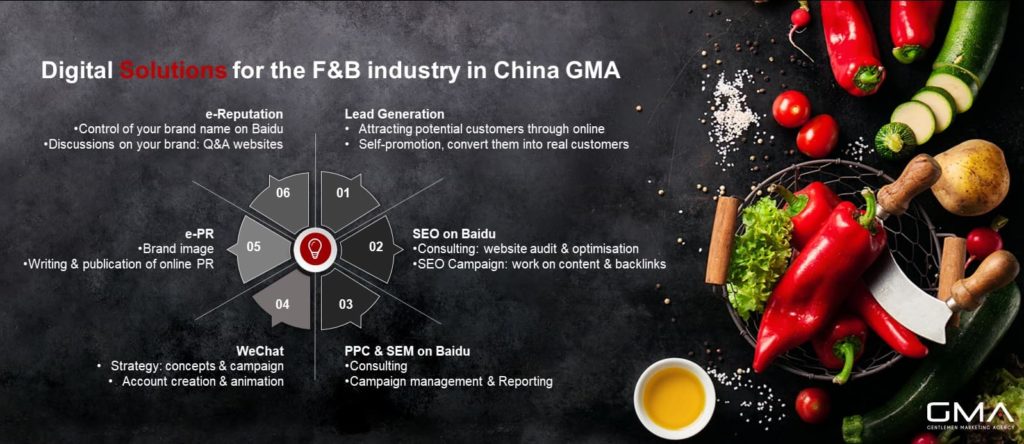
- Understand Local Preferences: Tailor your coconut products to suit the taste preferences of the Chinese market, such as incorporating local flavors or product types that are popular in China.
- E-reputation Management: Actively manage your brand’s online reputation on platforms like Weibo, WeChat, and Baidu. Engage with consumers, address their concerns, and build a positive brand image.
- E-commerce Strategy: Leverage major Chinese e-commerce platforms like Tmall, JD.com, douyin and Pinduoduo. Offer attractive deals, bundle offers, and engage in online shopping festivals to boost sales.
- Distribution Network: Establish a robust distribution network to ensure product availability across various regions of China, including both urban and rural areas.
- Invest in Branding for Supermarkets: Collaborate with supermarkets and hypermarkets for in-store branding and promotions. Using , online reputation, stars, huge community of potential buyers, PR shelf space effectively to attract supermarket buyers attention.
- Use Douyin for Marketing: Create engaging and creative content on Douyin (TikTok in China) to reach younger demographics. Collaborate with influencers for wider reach and authenticity.
- Leverage KOLs: Partner with Key Opinion Leaders to endorse your products. Choose KOLs who align with your brand image and have a significant following.
- Localization: Integrate your brand with Chinese culture in marketing campaigns, especially during festivals and special occasions to resonate with the local audience.
- Health and Wellness Trend: Emphasize the health benefits of coconuts, aligning with the growing health consciousness among Chinese consumers.
- Sustainability and Organic Focus: Highlight any sustainable practices and organic certifications, as these are increasingly important factors for Chinese consumers.
Effective marketing strategies combining digital presence, cultural integration, and understanding of consumer preferences will help a coconut brand succeed in the dynamic and competitive Chinese market.
Five Reasons to contact SEOAgencyChina

- Expertise in Chinese Market: SEO Agency China has specialized knowledge and understanding of the Chinese market, making them well-equipped to navigate the unique challenges and opportunities in this landscape.
- Large Network of Distributors: They have established a vast network of distributors across various regions in China, ensuring efficient and widespread distribution of your products or services.
- Pragmatic and Results-Oriented Approach: Their pragmatic approach focuses on achieving tangible results, employing strategies that are directly aligned with your business objectives.
- Cost-Effective Solutions: SEO Agency China offers cost-effective marketing and SEO solutions, providing value for money while maximizing your return on investment.
- Localized Marketing Strategies: They excel in developing localized marketing strategies that resonate with the Chinese audience, ensuring that your brand message is culturally relevant and impactful.

